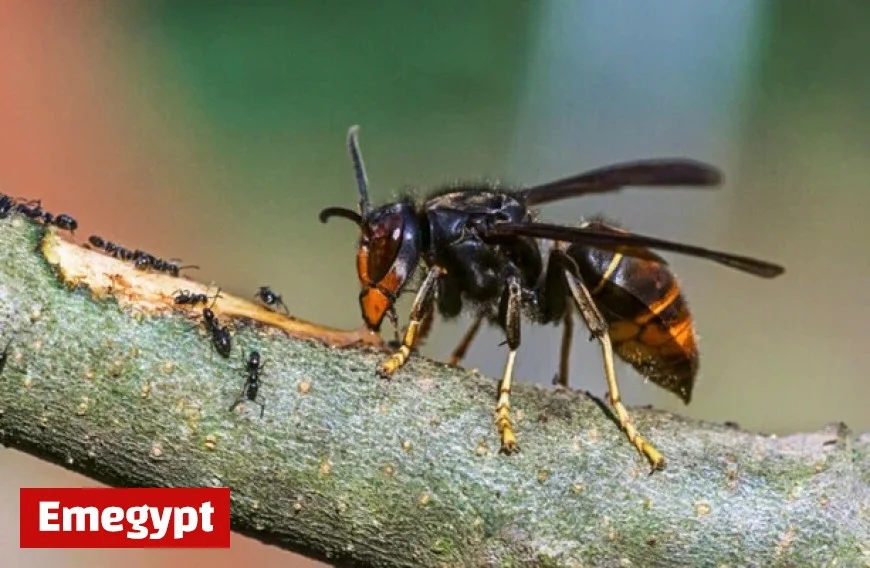Confirmed Asian Hornet Sighting in the North Marks a First

A recent confirmed sighting of the Asian Hornet in the North marks a significant first for the region. This invasive species, originally from Asia, poses a threat to local ecosystems and agriculture.
Asian Hornet Sighting: A First for the North
The Asian Hornet, or Vespa velutina, was first identified in France in 2004. Since then, it has spread to various countries in Europe. This hornet is known for its aggressive nature and its impact on honeybee populations.
Impact on Ecosystems and Agriculture
The presence of the Asian Hornet in new areas can disrupt local biodiversity. Key concerns include:
- Decline in honeybee populations, which are essential for pollination.
- Potential harm to local wildlife that depend on pollinators.
- Possible economic losses for farmers relying on crops that require pollination.
Experts emphasize the need for immediate monitoring and control measures to mitigate the effects of this species. Local authorities are urged to develop strategies to manage hornet populations effectively.
What to Look Out For
- They’re generally larger than native hornets, with a distinct yellow-orange face.
- Their bodies have dark brown or black coloration with yellow markings.
- They can be seen nesting in trees, buildings, or shrubs.
Prompt reporting can help in preventing the establishment of this invasive hornet in more areas.
Conclusion
The confirmed sighting of the Asian Hornet in the North is a wake-up call for environmental and agricultural stakeholders. Proactive cooperation is vital to protect local ecosystems and agricultural productivity. Stay informed and alert to help safeguard the region.





























